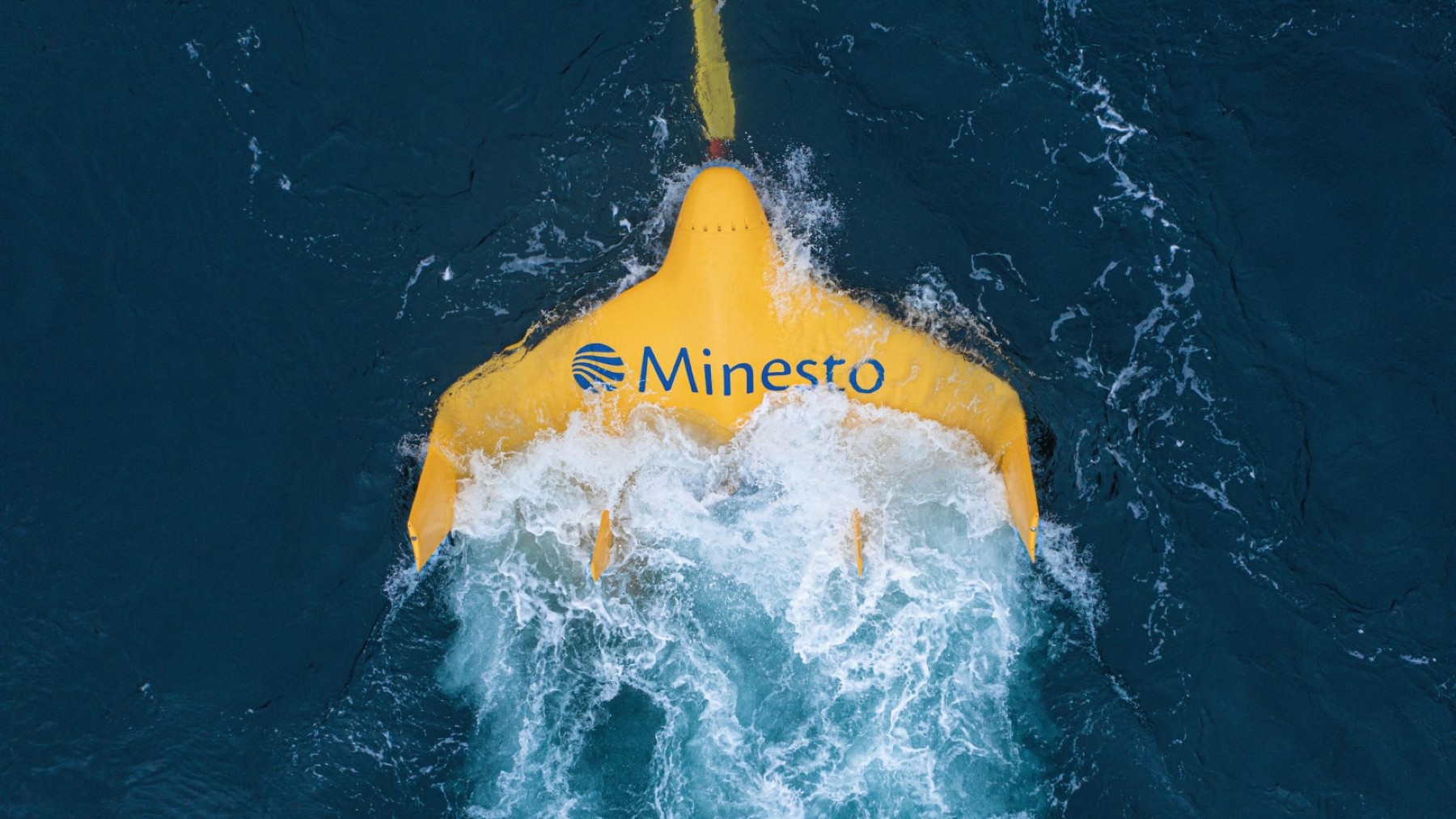Renewable energy continues to evolve and Swedish company Minesto is proving that ocean currents can be a powerful source of electricity and energy. energy durable.
With its innovative ‘underwater kite’ technology, Minesto is transforming the potential of ocean energy. In collaboration with Schneider Electric, a leader in energy solutions, the company aims to bring this revolutionary technology to the global market and provide a renewable and predictable alternative to energy production.
A strategic alliance to advance ocean energy
Minesto and Schneider Electric have signed a Memorandum of Understanding for its development tidal energy using Deep Green technology. This alliance aims to integrate the systems of both companies to provide microgrid and marine energy park solutions on a global scale.


Martin Edlund, CEO of Minesto, emphasized the importance of the partnership, saying: “We are pleased to join forces with Schneider Electric. “This collaboration will play a key role in the commercial launch of our technology.”
For his part, Gary Lawrence, president of Schneider Electric’s energy and grid segment, noted that ocean energy can balance the variability of other renewable sources by ensure a predictable and sustainable base load.


The alliance will enable the identification and development of projects in different parts of the world, exploring both small-scale facilities and multi-megawatt energy parks.
In addition, the companies will collaborate on project management and pursuing financing opportunities to ensure this innovative technology reaches more communities and energy producers.
Underwater ‘kites’: an innovative solution
The Deep green technology from Minesto It is based on the principle of hydrodynamic lift, comparable to the action of an airplane wing, but underwater. The underwater kite is equipped with a turbine and is propelled by sea currents. The turbine moves in figure eights and generates electricity in a constant and predictable manner.
Minesto has developed two models of its tidal kite: the DG500 and the DG100. The DG500, which has a wingspan of 12 meters and weighs 10 tons, can generate up to 500 kW of power. The smaller DG100, on the other hand, with a wingspan of 4 to 5 meters, produces up to 100 kW per kite.
The company has tested this technology at several locations, including the demonstration plant at Holyhead Deep, Wales, and more recently in the Faroe Islands. In this latest project, Minesto has installed its DG100 model to supply renewable energy to this autonomous island community, demonstrating that ocean currents a viable and sustainable energy source.
From Sky to Sea: The Origins of Deep Green Technology and Its Relationship to Clean Energy
The concept of underwater kites was invented by engineer Magnus Landberg, who was looking for a light and efficient solution for energy generation. Inspired by wind turbines, Landberg realized that water, because it is much more dense than air, offered significantly greater energy potential.
The project was initially called Enerkite and was developed by students at Chalmers University of Technology in Sweden before it was patented by Minesto in 2007. Since then, the company has perfected the Deep Green technology, allowing it to operate in slow tidal currents, opening new possibilities for exploiting marine resources in different geographical locations.
This innovation represents significant progress in the sustainable energy sector. By harnessing tidal energy, Minesto and Schneider Electric contribute to a more sustainable global energy transition, providing solutions that not only reduce CO2 emissions but also strengthen the resilience of electricity grids.
With this technology the Minesto underwater kites are ready to revolutionize the world of renewable energy, crossing the seas and converting ocean currents into a source of clean, reliable and accessible energy.

